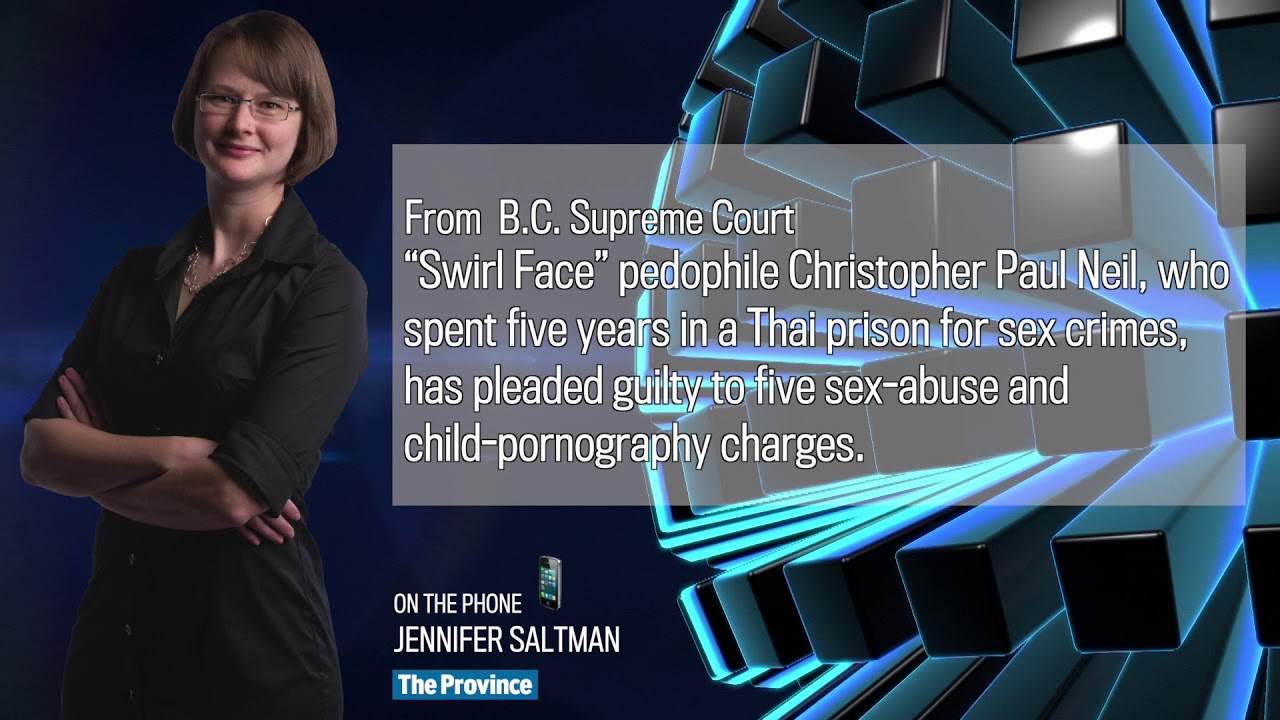In the annals of criminal psychology, certain names resonate with infamy, triggering a spectrum of emotions ranging from curiosity to repulsion. Christopher Paul Neil is one such name—a figure whose notoriety transcends borders, leaving an indelible mark on the landscape of cybercrime. Often referred to as the “Swirl Face” or “Swirl Killer,” Neil’s tale is as intriguing as it is disturbing, weaving through the labyrinthine corridors of online anonymity, law enforcement, and the dark recesses of the human psyche.
Table of Contents
ToggleEarly Life and Background
Born in 1975 in Maple Ridge, British Columbia, Christopher Paul Neil led a seemingly unremarkable life before catapulting into the realms of international infamy. Little is known about his upbringing, save for the fact that he was raised in a middle-class household, offering no glaring indicators of the darkness that lay dormant within him.
Neil’s journey into the abyss began innocuously enough, with a career as an educator. He taught English in South Korea, where he found himself enveloped in the clandestine world of child exploitation. It was during this time that Neil’s descent into depravity commenced, as he began to exploit his position of trust to indulge his sinister proclivities.
The Unveiling of a Monster
In 2004, Neil’s heinous activities were thrust into the spotlight when German authorities discovered hundreds of digital images depicting child sexual abuse. What set these images apart was the deliberate obscuring of Neil’s face with a digital swirl—a futile attempt at anonymity that would ultimately prove futile in the face of relentless investigative efforts.
The “Swirl Face” became the subject of a global manhunt, with law enforcement agencies from around the world scrambling to identify and apprehend the perpetrator behind the mask. Neil’s trail of digital breadcrumbs led investigators on a labyrinthine journey spanning multiple continents, highlighting the borderless nature of cybercrime and the challenges inherent in combating it.
The Nexus of Technology and Crime
Christopher Paul Neil’s case underscores the symbiotic relationship between technology and criminality—an unholy alliance that continues to confound law enforcement agencies worldwide. With the advent of the internet, the dissemination of illicit content has transcended geographical barriers, presenting a formidable challenge to those tasked with preserving law and order in the digital age.
Neil’s ability to operate with relative impunity for an extended period serves as a stark reminder of the inherent vulnerabilities within our digital infrastructure. Despite the best efforts of law enforcement, the anonymity afforded by the online realm continues to embolden individuals like Neil, enabling them to perpetrate unspeakable atrocities from behind the safety of a computer screen.
The Anatomy of a Predator
What drives individuals like Christopher Paul Neil to commit such heinous acts remains a subject of intense debate among psychologists and criminologists alike. While factors such as childhood trauma, psychological disorders, and societal influences undoubtedly play a role, the elusive nature of evil defies easy categorization.
Neil’s case forces us to confront uncomfortable truths about the darker aspects of human nature—the capacity for cruelty that lurks within us all, waiting to be awakened under the right circumstances. His transformation from a seemingly ordinary individual to a reviled pariah serves as a chilling reminder of the fragility of the human psyche and the insidious allure of forbidden desires.
The Legacy of Infamy
In the years since his apprehension and subsequent conviction, Christopher Paul Neil has become a cautionary tale—a grim reminder of the depths to which human depravity can sink. His name evokes a visceral reaction, stirring emotions ranging from anger to disbelief, as we grapple with the uncomfortable reality of his crimes.
But beyond the headlines and sensationalism lies a deeper truth—a recognition of the collective responsibility we bear in combating the scourge of child exploitation. Neil’s downfall serves as a rallying cry for vigilance and accountability, urging us to remain ever vigilant in safeguarding the most vulnerable members of our society from those who would seek to exploit them for their own gratification.
Conclusion
Christopher Paul Neil‘s name may fade from public consciousness with the passage of time, relegated to the annals of criminal history alongside other notorious figures. But the scars he has left upon the collective psyche serve as a permanent reminder of the fragility of innocence and the enduring struggle between good and evil.
As we navigate an increasingly interconnected world fraught with peril, let us not forget the lessons of the past. Let us honor the victims of Christopher Paul Neil’s depravity by redoubling our efforts to root out child exploitation wherever it may lurk, ensuring that his legacy serves not as a testament to the darkness within us, but as a catalyst for change and renewal in the ongoing battle for justice and morality.










